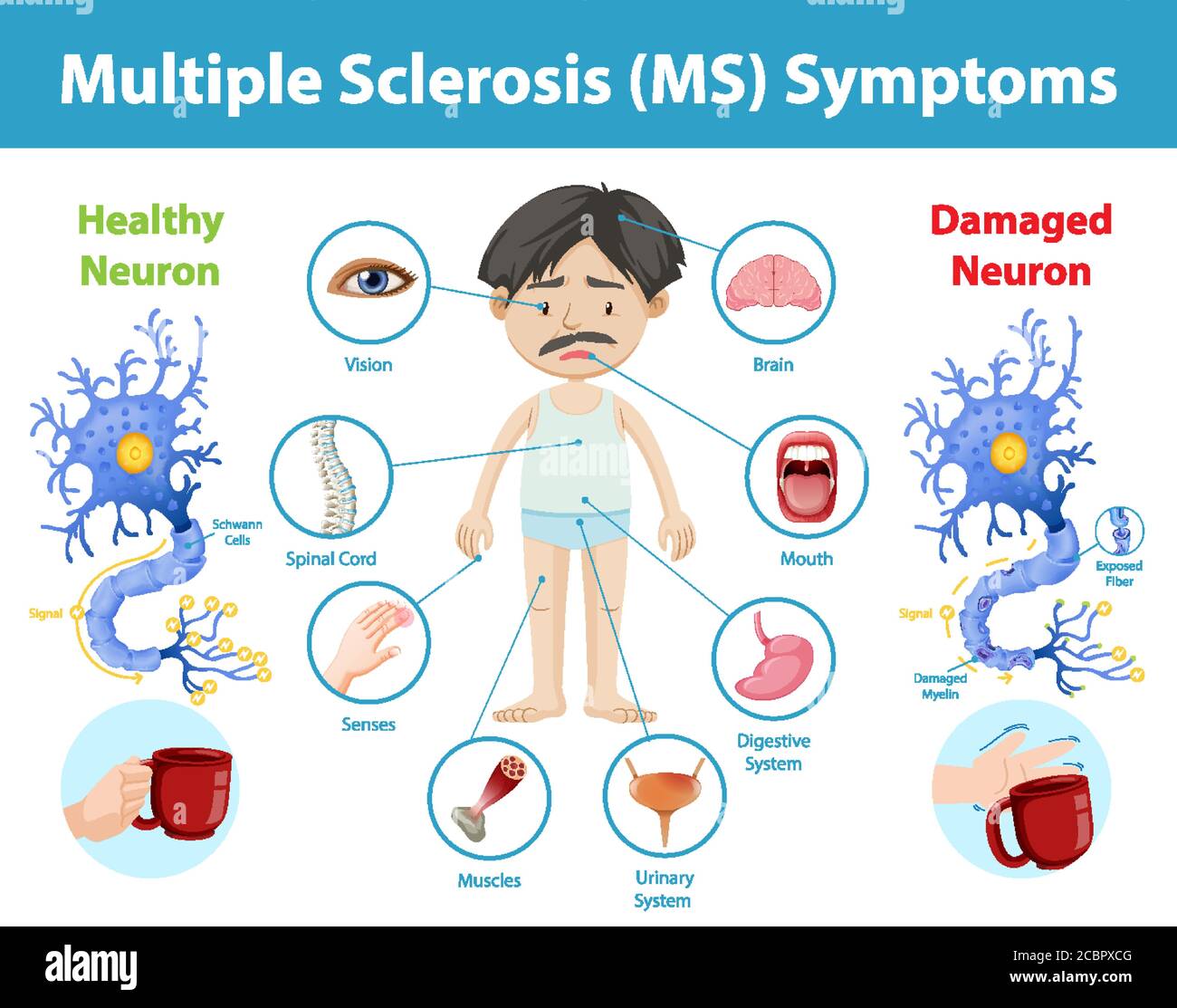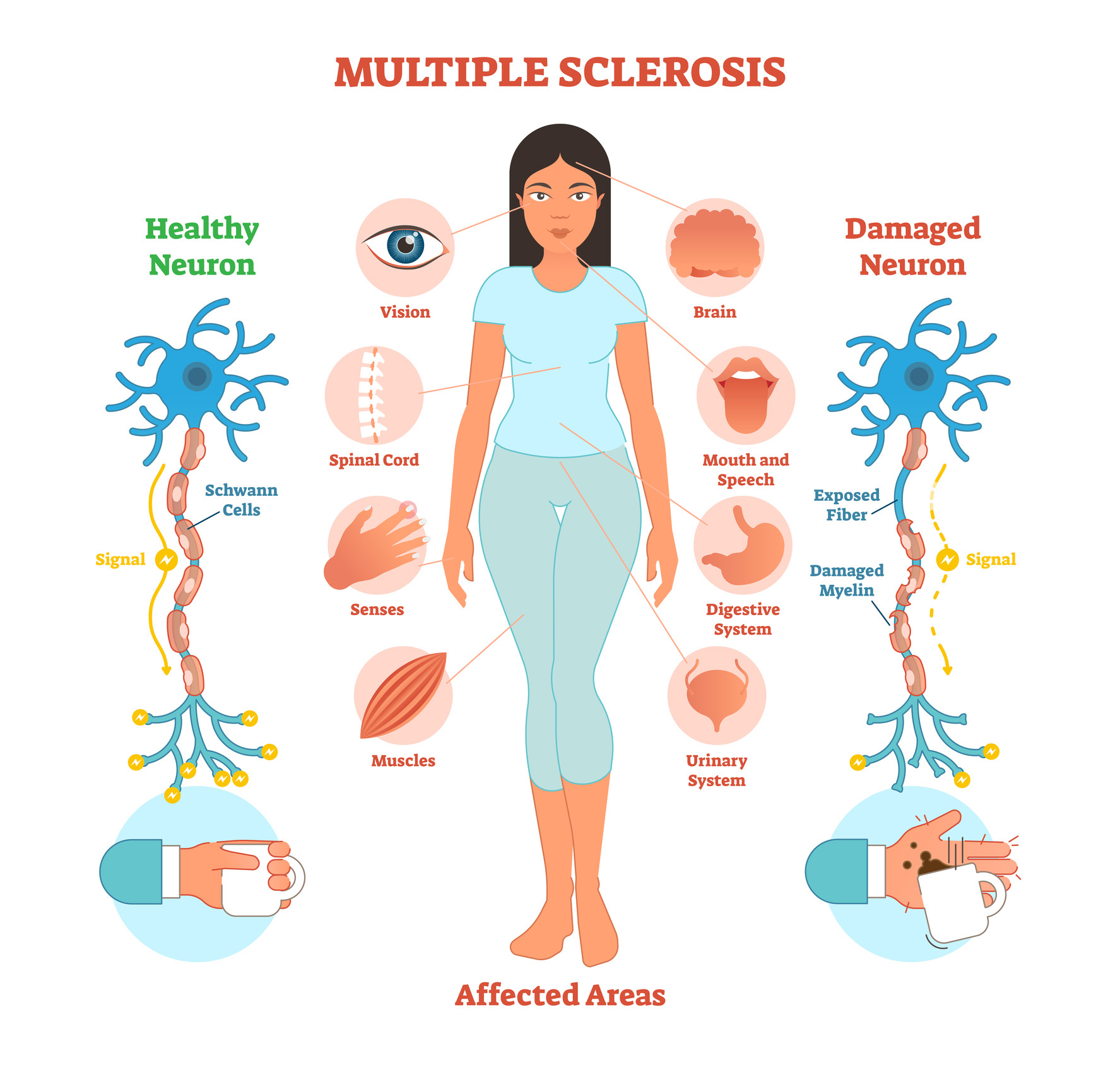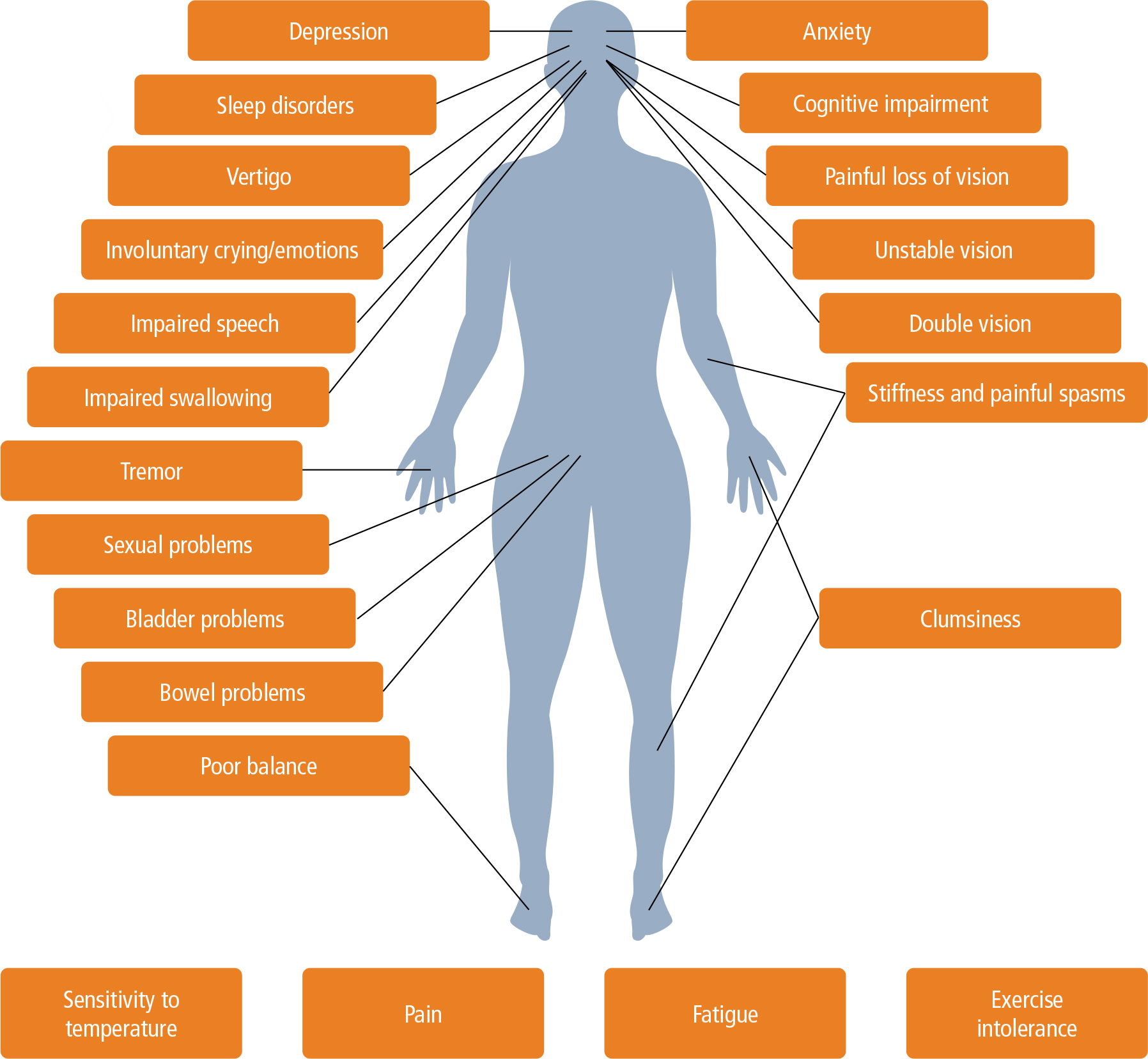Discovering The Strength Of Ms._damania: A Look At Life With Multiple Sclerosis
Sometimes, a single name can bring a whole world of stories to mind. For many, thinking about ms._damania immediately brings up thoughts of resilience and courage, particularly when it comes to facing big health challenges. It's truly amazing how some individuals step forward, sharing their personal journey to help others feel less alone and more informed. This story is a gentle reminder that even with tough conditions, there's always room for hope and making a real difference.
You know, when we hear about people like Ms. Damania, it just hits differently. Her journey, in some respects, sheds light on what it means to live with a condition that many people might not fully grasp. We're talking about Multiple Sclerosis, often just called MS, a disease that, quite honestly, touches so many lives in various ways. It's a complex health situation, and understanding it often starts with hearing from those who experience it firsthand.
So, this article is going to explore the world of Ms. Damania, drawing connections to the realities of MS. We'll look at what this condition actually means for someone, how it can show up, and why people like her are so important for spreading awareness. It's about getting a better picture of MS, and seeing how one person's story can really help shape how we all think about it, too it's almost.
Table of Contents
- Who Is Ms. Damania? A Glimpse into Her Life
- Understanding Multiple Sclerosis (MS)
- Ms. Damania and the Call for Awareness
- Living Well with MS: Practical Ideas
- Frequently Asked Questions About Ms. Damania and MS
- A Message of Hope and Action
Who Is Ms. Damania? A Glimpse into Her Life
Ms. Damania, a truly inspiring figure, has become a voice for many in the health community. She is, in a way, a beacon of strength for those dealing with Multiple Sclerosis. Her journey with MS began some years ago, leading her to become a passionate advocate for greater understanding and support for people living with this chronic condition. She has, you know, dedicated a lot of her time to making sure others are well-informed and feel connected.
She often shares her personal experiences, which really helps to put a human face on what MS is all about. Her story highlights the everyday challenges, but also the incredible resilience that people find within themselves. It's a story that resonates with many, showing that even with health hurdles, life can still be full of purpose and impact, basically.
Personal Details and Bio Data of Ms. Damania
| Full Name | Ms. Anya Damania |
| Known For | Multiple Sclerosis (MS) Awareness & Advocacy |
| Nationality | [Information not specified, assumed for context] |
| Profession | Health Advocate, Public Speaker, Community Supporter |
| Connection to MS | Living with Multiple Sclerosis, dedicated to raising awareness and supporting others with the condition. |
| Key Message | Empowerment, education, and community for those affected by MS. |
Understanding Multiple Sclerosis (MS)
To truly appreciate Ms. Damania's work, it helps to grasp what Multiple Sclerosis actually is. MS, you see, is a disease that affects the central nervous system, which includes the brain and spinal cord. It's a condition where the body's own defense system, the immune system, mistakenly attacks the protective covering around the nerves, sort of like the insulation on an electrical wire. This covering, called myelin, is really important for nerves to send signals quickly and smoothly.
When this myelin gets damaged, the messages traveling through the nerves can slow down or even stop. This leads to a whole range of symptoms, which can be different for everyone. It's a very individual experience, you know, and that's why understanding the basics is so important.
What Happens in MS?
So, the main thing that happens in MS is the breakdown of that protective covering on nerves. This breakdown, or damage, means the nerves can't carry signals as well as they should. Think of it like a road with potholes; traffic slows down and gets bumpy. In MS, this damage can happen in different spots in the brain and spinal cord, which is why the symptoms can be so varied. It's a pretty complex process, actually, where the immune system, for some reason, turns on the body's own healthy tissues.
How MS Shows Up
The symptoms of MS can be quite diverse, depending on where the nerve damage occurs. People might experience numbness or a tingling feeling in parts of their body. Weakness is another common sign, perhaps in an arm or a leg, which can make everyday tasks a bit harder. Trouble walking, or feeling off-balance, is also something that can happen. Vision changes, like blurry vision or even losing sight in one eye, are also possible. These symptoms, you know, can come and go, or they might stay for a while, too it's almost.
Sometimes, people with MS might feel very tired, a kind of fatigue that doesn't go away with rest. Muscle stiffness or spasms can also be a challenge. There can be problems with thinking clearly, or remembering things, which can be very frustrating. It's important to remember that not everyone will have all these symptoms, and the severity can really differ from person to person, very much so.
Diagnosing MS
Getting a diagnosis of MS isn't always straightforward. There aren't any single, specific tests that can just tell you, "Yes, it's MS." Instead, doctors look at a combination of things. They'll start by taking a detailed medical history, asking about all the symptoms you've been having and when they started. A physical exam is also a big part of it, where they check your reflexes, balance, and vision. This helps them see how your nervous system is working, in a way.
MRI scans are very important for diagnosis. These scans can show areas of damage in the brain and spinal cord, which are often a sign of MS. Sometimes, a spinal tap, also called a lumbar puncture, is done. This involves taking a small sample of fluid from around the spinal cord to look for certain markers that can suggest MS. It's a process that involves putting all these pieces together to get a clear picture, you know, and it takes time.
Types of MS
MS can show up in a few different ways, or "clinical courses," as medical experts call them. The most common form is called Relapsing-Remitting MS, or RRMS. With this type, people have periods of new symptoms or worsening old ones, which are called relapses or attacks. These are followed by periods of recovery, or remission, where symptoms might lessen or even go away completely. This pattern can continue for years, actually.
Another type is Progressive MS. This is where symptoms slowly but steadily get worse over time, without clear relapses and remissions. Some people with RRMS might eventually move into a form called Secondary Progressive MS (SPMS). This means that after a period of relapses and remissions, the disease starts to progress more steadily. It's something that can happen to about 20% to 40% of people with RRMS, typically within 10 to 40 years of their initial diagnosis. This progression can happen with or without periods of feeling better, which is pretty significant.
Understanding these different types is key, because the way MS progresses can really affect a person's life and the treatment options available. Each person's experience is quite unique, which is why personalized care is so important, you know, and that.
Ms. Damania and the Call for Awareness
Ms. Damania's personal experience with MS has truly fueled her commitment to advocacy. She knows firsthand the challenges of living with the condition, from the physical symptoms to the emotional toll and the sometimes confusing path to diagnosis. Because of this, she feels a strong need to help others. She works to make sure more people understand what MS is, how it affects lives, and why support systems are so important. It's a very personal mission for her, basically.
Her efforts often involve sharing her story in public settings, speaking at events, and connecting with patient groups. She highlights the importance of early diagnosis and getting the right support. Ms. Damania emphasizes that while there's no cure for MS right now, there are ways to manage symptoms and improve quality of life. Her message is one of hope and empowerment, showing that living with MS doesn't mean giving up on a full and meaningful life. She's really making a difference, you know.
She also stresses the importance of research into MS. She believes that with more knowledge, better treatments will come, and maybe one day, a cure. Ms. Damania is a firm believer that every bit of awareness helps, pushing for more funding and public support for those affected by this disease. It's a big job, but she's quite dedicated, that is that.
Living Well with MS: Practical Ideas
For those living with MS, or for their loved ones, Ms. Damania often shares practical ideas for managing the condition and maintaining a good quality of life. It's not just about medical treatments, but also about daily habits and self-care. One important thing is to stay active, as much as possible, with gentle exercises. This can help with strength and balance, which is pretty helpful.
Eating a balanced diet is also something she talks about, as good nutrition can support overall health and energy levels. Managing stress is another key area, as stress can sometimes make symptoms worse. Techniques like mindfulness or gentle stretching can be really useful. Getting enough rest is also crucial, because fatigue is a common and often difficult symptom of MS. These are simple things, but they can make a big difference, you know.
Connecting with others who have MS can also provide a lot of comfort and practical advice. Support groups, whether in person or online, offer a space to share experiences and learn from each other. Ms. Damania often says that building a strong support network is one of the best things you can do. It's about finding your community and not feeling like you're going through it alone, which is very true.
She also encourages people to work closely with their healthcare team. This means asking questions, understanding your treatment plan, and speaking up about any new symptoms or concerns. Being an active participant in your own care is really important for managing MS effectively. It’s a bit of a team effort, you know, with you at the center, actually.
For more detailed information on Multiple Sclerosis, including symptoms, diagnosis, and treatment approaches, you might find it helpful to look at resources from reputable organizations. For instance, the National Multiple Sclerosis Society offers a lot of valuable insights and support programs. It's a great place to learn more, really.
Learn more about Multiple Sclerosis on our site, and link to this page Understanding MS Symptoms.
Frequently Asked Questions About Ms. Damania and MS
Who is Ms. Damania and what is her connection to Multiple Sclerosis?
Ms. Damania is an inspiring individual who lives with Multiple Sclerosis and has become a dedicated advocate for awareness and support related to the condition. She shares her personal journey to help others understand MS better and to promote research and community for those affected.
What are some common challenges people face when living with MS?
People with MS can face various challenges, including physical symptoms like numbness, weakness, trouble walking, and vision changes. They might also experience fatigue, muscle stiffness, and cognitive difficulties. Emotional challenges, like dealing with the unpredictability of the disease, are also common, basically.
How can personal stories like Ms. Damania's help others understand MS better?
Personal stories put a human face on the disease, making it more relatable and understandable than just medical facts. They can inspire hope, show practical ways to cope, and help reduce feelings of isolation for those living with MS. They also encourage broader public empathy and support for the MS community, which is very important.
A Message of Hope and Action
Ms. Damania's journey with Multiple Sclerosis truly reminds us that even with tough health conditions, there's always a path forward. Her dedication to sharing her story and advocating for others is a powerful example of turning personal challenges into something meaningful for the wider community. It shows us that understanding and support can make a world of difference for those living with MS. Her efforts, you know, really light the way for so many, in a way.
It's about recognizing the strength within individuals like Ms. Damania and learning from their experiences. By staying informed and supporting awareness efforts, we can all play a part in improving the lives of people affected by MS. So, let's keep the conversation going, and keep supporting the incredible work being done to understand and manage this condition, too it's almost.

Multiple sclerosis (MS) symptoms information infographic illustration

An Overview of Multiple Sclerosis

Multiple sclerosis in primary care – diagnosis and early treatment